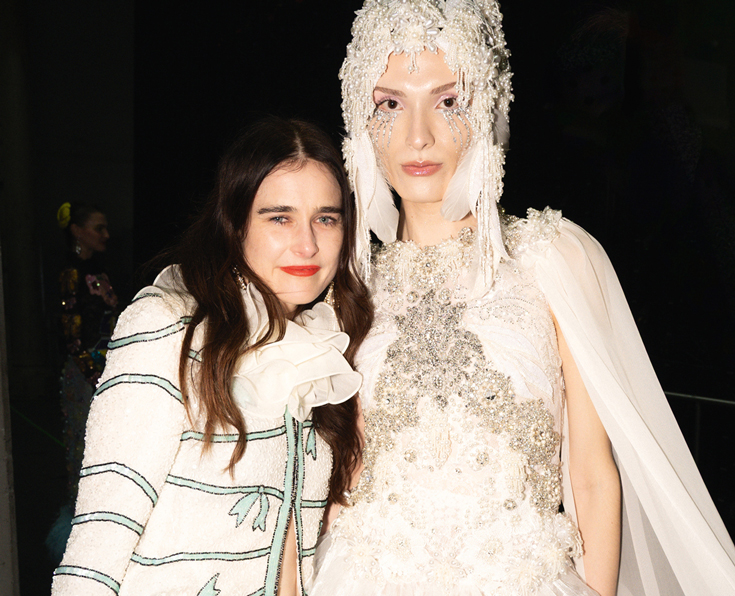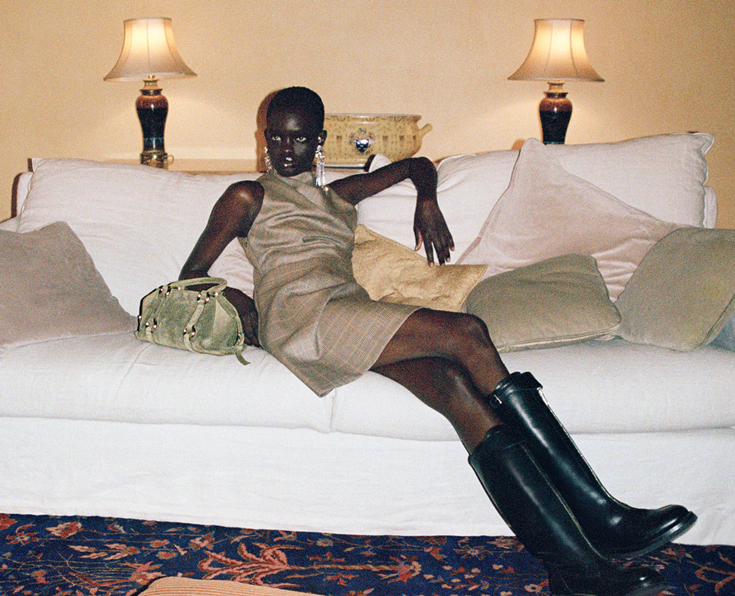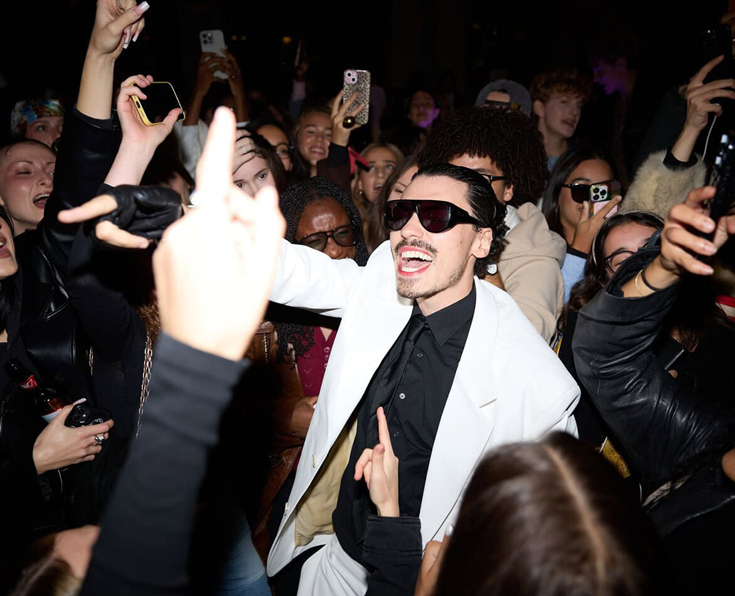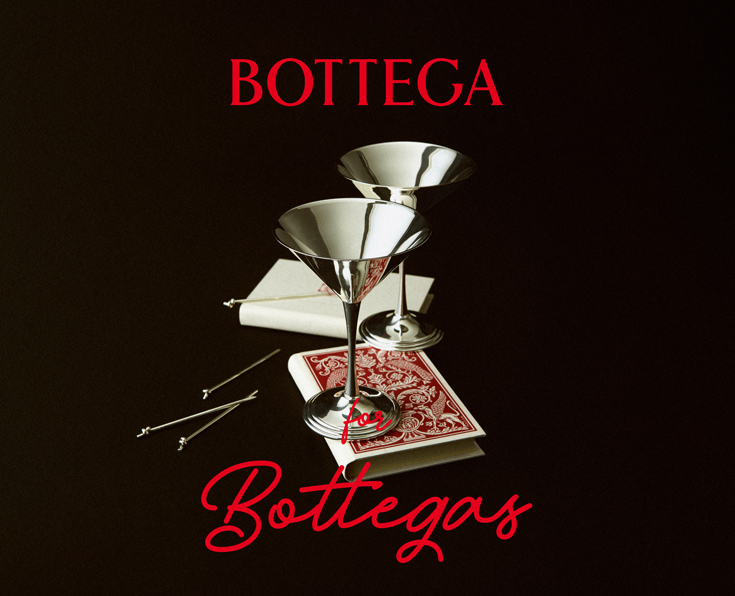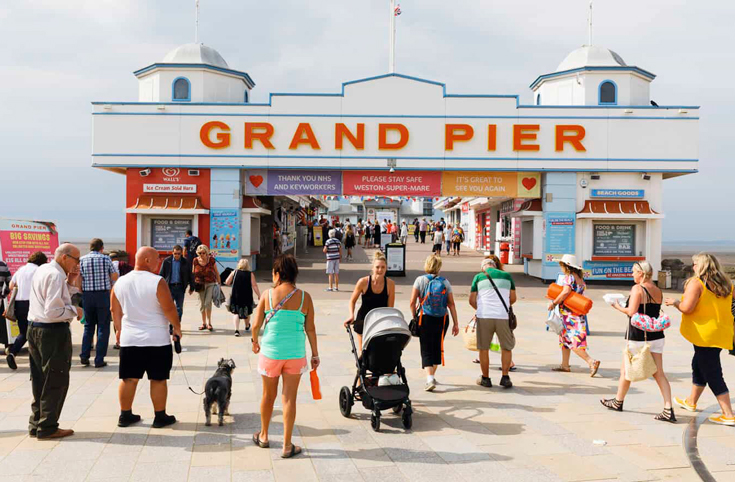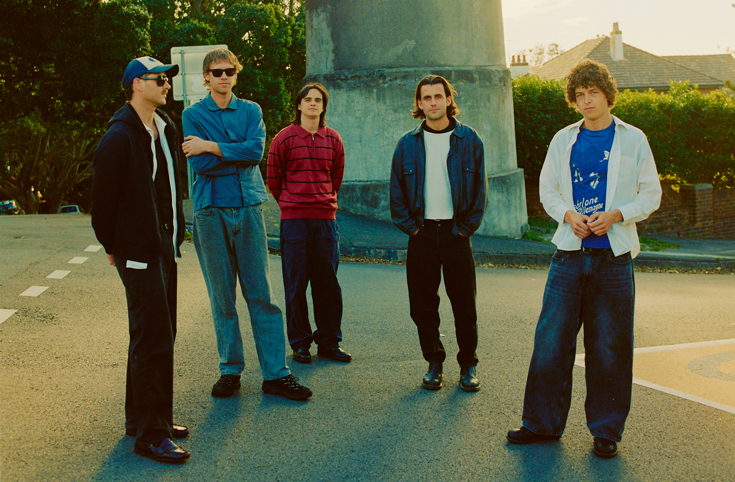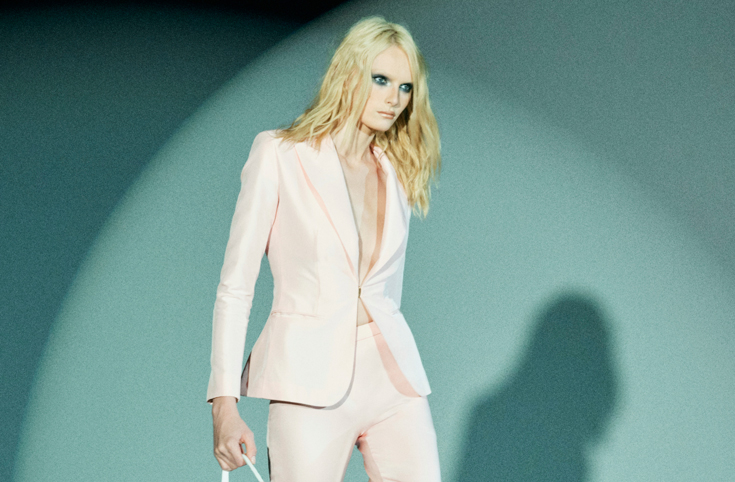THE IMAGINATIVE POWER OF WORDS
Are words more powerful than images? For the writer Angelo Flaccavento they are the door to his most vivid dreams. “We live in an era of images, but images are what they are, while words can turn into different fantasies according to each reader,” he says. His first ambition was to be a fashion designer, before becoming a celebrated wordsmith. Same difference. Here, he argues that describing clothes is akin to creating them.
1.
My vivid dream, back when I was a child and the other kids fantasised about becoming footballers or astronauts, was to become a fashion designer and invent the most outlandish, crazy clothes; to be a purveyor of fabulousness, in fact. With close relatives working in the designer fashion field as boutique owners in the small Sicilian town of Ragusa, where I was born, I was exposed to a lot of stuff and got hooked pretty quickly.
Clothes revealed a transformative energy that felt alluring, inescapable, tantalising. I spent hours and hours looking at clothes on racks, flipping through magazines and scrutinising pictures, especially the tiny ones with creations attributed to designers with impossibly exotic names, or studying the Betamax tapes of the season’s Versace, [Gianfranco] Ferré and Gaultier shows sitting frame by frame on a cosy sofa in aunt Tina’s most private store corner. I could never get enough. Intense drawing sessions followed these shenanigans among what, at the time, seemed to me the most progressive things in the world. I still have my sketchbooks somewhere in the attic: at a glance, one can immediately tell what I was inspired by at a given time, what was making an impression. A Bodymap phase when I was in fifth grade is particularly noteworthy.

2.
Vivid childhood dreams rarely become reality. Mine stayed. I did end up in fashion, but I entered such a field through the door of writing and climbed my way up via more writing. Do I have regrets about the way things went? Sometimes I do, most of the time I don’t. Writing is gruelling: a torture. Drawing, on the other hand, is bliss: a moment of pure suspension. And yet, in hindsight, I would never have been a good designer. Things took the right turn. Destiny is blind, but sometimes it can see. I can say that when it comes to creating stuff, I am not interested in clothes as three-dimensional objects. I am interested in clothes as lines on a piece of paper, in fashion as a purely graphic exercise. That’s what I truly love: a dance of traits into a white void, a fantasy. Over the years I have kept drawing, moving from the traditional fashion plate, the figurino, to something more free and abstract. Fashion has gradually become less and less relevant as the main content drive of my art, albeit still being there front and centre: I love flowing tunics and pointy shoes, long solemn skirts, acuminate breastplates and gloomy hints of BDSM. Actually, in their shapeshifting and eerily erotic nature, my drawings are all about clothes as persona – and body – redefining tools. Meanwhile, I also keep creating fashion through the medium of words.

3.
The conclusion I came to earlier might sound a tad absurd, so let me clarify. I take my day job seriously and I do it zealously, but I do not believe in the role of the critic as a reporter: photography is good for that, now more than ever before. A critic provides a POV, a personal perspective on the chosen matter, an entry point for the reader. As such, the critic is responsible for an act of co-creation in which the visible transforms into words which, in turn, awaken new images, and hopefully some vivid dreams, in the reader. In the end, it is all about the tantalising power of words, their infinite indefiniteness compared to the petty definition of images. This sequence of awoken fantasies, a mise en abyme that drifts progressively away from the materiality of what is shown on the catwalk into the immaterial mercuriality of vowels and consonants, is a personal obsession, dare I say an addiction, and one that grows bigger as time goes by. A dream of mine as an adult is to create a newspaper of sorts and make it intensely fashion yet mercilessly pictureless. A publication on image-making made solely and exclusively of words: quite S&M, in a punishing kind of way, innit? Surely very frustrating.

4.
Over the years, I have come to discover that paucity of any kind of means, and the frustration that comes from it, can be stimulating and corroborating. Avoiding pictures in the fashion publication of my dreams would not mean an annoying lack of information, but rather granting access to an utterly imaginative, infinitely personal world: one that readers should discover by themselves. I say this out of personal experience. Being forced to fantasise about fashion due to the dearth of visual documents I had as a child shaped me as both a writer and adult. I live entirely in my head. The older I get, the more I prefer fantasy to reality, imagination to facts and striding along fantastic paths of pure cerebral study. Don’t get me wrong, I am a dreamer, but no escapist. I know that fantasy has to somehow crash to the ground in order to become reality, yet I am also adamant that keeping one’s standards high and dreamlike is the only way to go. Being a dreamer has made me a ruthless critic, if that makes sense to you. It does to me. I only accept and commend things that entice high fantasies and stimulate words.

5.
Words, I believe, have a mind-expanding power, one that images at times can limit, and it is not by chance that even AI’s fictional images are prompted by words, rather than by other images. So why is this story accompanied by a smattering of drawings in pen, ink and nerofumo (the carbon flames) of my own creation? It is, quite simply, because these drawings were prompted by words, just like my words are usually prompted by images. Using them in the context of this essay is akin to playing with a mirror. They are images stemming from information that I collected without seeing pictures, fruitful frustrations with probably the longest incubation time. They arise from memories of learning about Hussein Chalayan and his 1993 graduation show The Tangent Flows, the one in which he notoriously buried clothes in a garden to let surfaces rot and oxidise. Burying and unearthing sound mystical to me, but I only saw a couple of pictures from the actual show, while intensely fantasising about it. It was a dream so vivid, it turned into an imprinting, which is the idea of bringing sabotage to the artwork – something I always do. Chalayan dug his beautiful creations in soil, while I apply smoke and flame to my little drawings. In both cases, destruction might ensue. It is all about risk, of a higher kind, and the elation when nothing fully destructive happens.

6.
Six fragments have been laid so far about my troubled relationship with images and words, about my morbid attachment to frustration and the vivid dreams that spring out of it. Three is my lucky number and six is a multiple of three, so this last paragraph is the right place and time to stop my blah blah and maybe come to a conclusion, if one is actually needed. Probably not, but I would like to add a final recommendation. I’d suggest approaching this scattered token of writing in the dreamiest way possible, as I often approach the shows I write about by co-creating silhouettes in words and mercilessly criticising, transitioning from wakefulness to sleep and back again. Yes, I do doze off in the front row and I am not ashamed to admit it. It is in these transitions that dreams become vivid and my love for clothes is endlessly reaffirmed, in words and otherwise.

The writer Angelo Flaccavento created this booklet of illustrations in response to Hussein Chalayan’s graduate show The Tangent Flows. “The whole booklet is a fantasy, prompted by it,” he says. “That show, with the buried clothes, made a big impression on me, mostly for what I read about it. I’ve only seen a few pictures of it, so it’s been the words that activated my fantasy and I’d love to commend words as a door to vivid dreams.”
Illustrations by Angelo Flaccavento. Taken from 10 Magazine Issue 23 – DARE TO DREAM – out now!

